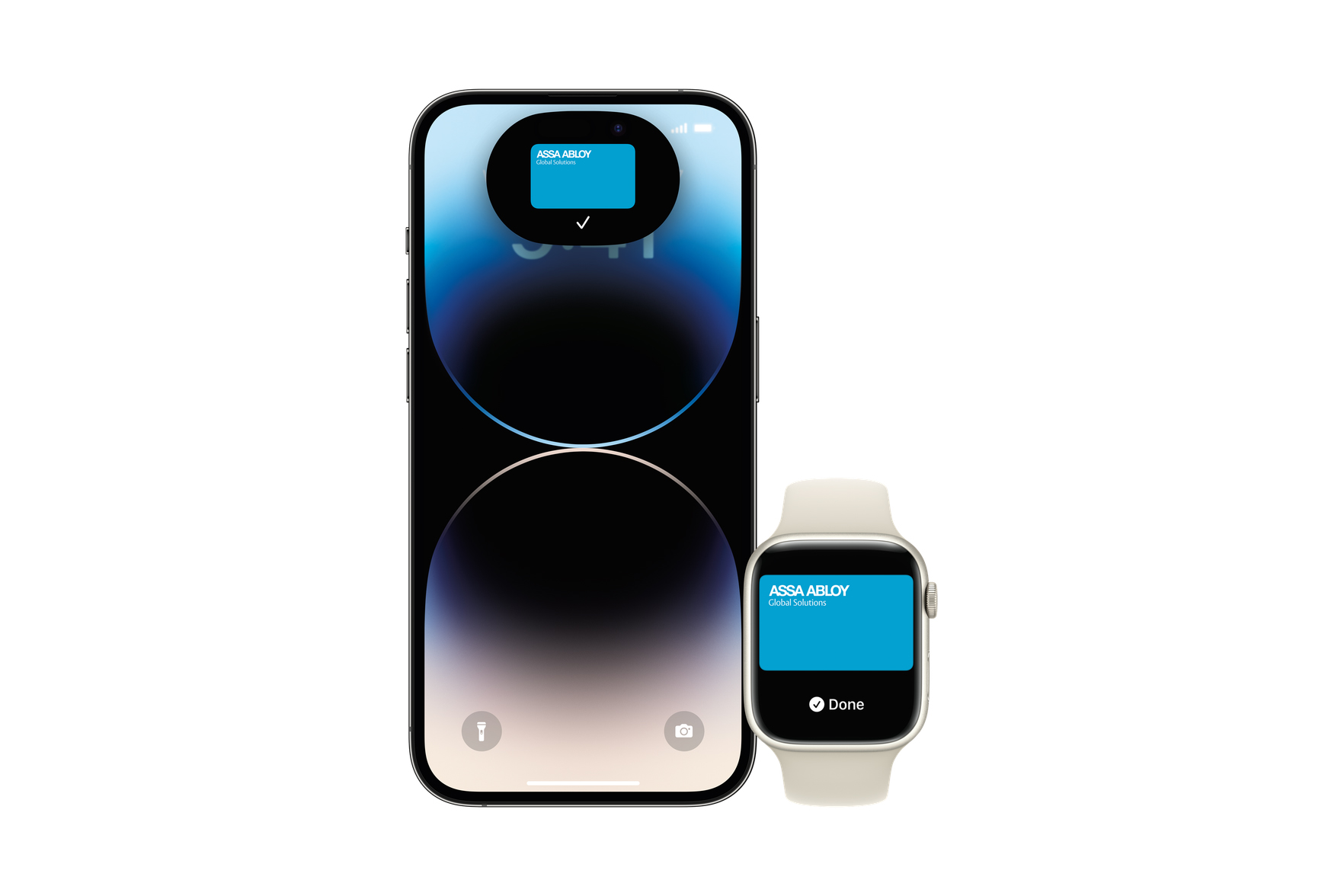
Smaller portions for the same prices
Shrinkflation in the hospitality industry
Shrinkage inflation is not a new phenomenon, but it is one that Dutch consumers are sensitive to. Especially in times of inflation, when rising commodity cost prices are often passed on to consumers, shrinkage inflation is more frequent and quicker to notice. A contribution by Emine Youssef, Regional Manager Benelux Hospitality, Lightspeed.

Lightspeed research shows that more than two-thirds (69%) of Dutch consumers notice that portion sizes in restaurants have become smaller over the past year, but are offered at the same price. Moreover, 35 per cent say they have noticed some form of shrinkage inflation in most restaurants. Almost half (49%) say they only notice this in some restaurants, 7 per cent say they notice shrinkage in all restaurants they visit.

The recent period of inflation has not only caused price hikes in raw materials and ingredients, but also rising wages. In such a financially turbulent context, contractionary inflation is a way to better protect the profit margins of hospitality businesses. Fortunately for the hospitality industry, a large proportion of Dutch consumers realise this too: two-thirds (66%) say they are aware of this, with half saying they do not mind shrinkflation as a tactic to better deal with inflation, as long as it is clearly communicated. 27 per cent say communication is not necessary. If hospitality operators use shrinkage inflation as a tactic to maintain their profit margins, they would do well to communicate this transparently with their guests. Honesty lasts the longest.
Rather shrinkage inflation than price increase
The most obvious but therefore not the most welcome way to deal with inflation is to pass on the cost increase directly to guests. Dutch consumers also have a strong opinion about it. Indeed, against increasing menu prices, shrinkage inflation is preferred: 39 per cent prefer smaller dishes at the same price to higher prices for dishes of the same size. Just over a quarter (27%) are more fans of same portion sizes with higher prices than shrinkflation.
What is further striking is that the effect of contractionary inflation on Dutch consumers' consumption behaviour remains fairly neutral. 37 per cent say they spend the same on eating out as before, while an equal amount of consumers state that their spending patterns have changed. Despite the negative impact of inflation and price increases - and the slightly divided opinion on contractionary inflation - this does not seem to be bad news for the hospitality sector.
Indeed, if shrinkage or higher menu prices can save a favourite restaurant from bankruptcy, Dutch consumers are clear. Almost half (44%) are willing to accept smaller portions or higher prices if it means their favourite restaurants can stay financially afloat as a result. Only 26% say they are not willing to do so.
Automatic stock management and menu engineering
Calculating menu prices goes hand in hand with portion sizes. These, in turn, must correspond to the actual foodcost (cost) of each dish. Many catering establishments still often base the portion sizes of their dishes on habit or minimum quantities rather than on the actual foodcost, so their profit margins may not be optimal - which is just fundamental in times of inflation.
Shrinkage inflation and price increases are not the only ways to deal with inflation and rising commodity prices. Apart from portion sizes, it is mainly the performance of a menu that affects a hospitality business' profit margins. Menu engineering software and automatic stock management can have a huge impact on a hospitality shop's profit margins.
By mapping the popularity, retention and profitability of each dish, hospitality operators get a picture of how their menus are performing: which dishes bring in the most? What about the profit margins of popular dishes? Are there dishes on the menu that are neither popular nor profitable? Which dishes may be less popular but are responsible for the highest retention? With such insights, hospitality operators can optimise their menu and adjust or remove poorly performing or less popular dishes.
Advanced POS systems such as Lightspeed's have menu engineering features that use order and payment data from staff and guests to visualise the performance of each menu and provide hospitality operators with tools that can help them in times of inflation and rising wage and commodity prices.
Hospitality sector remains favourite
It is encouraging to note that Dutch restaurant-goers can empathise with the position of hospitality business owners. The hospitality industry has been and remains a favourite haven for many, regardless of the turbulent times the sector has experienced in recent years. Although there is often less on their plates, visitors understand that in challenging economic times, this is inevitable. The sector has had a lot to endure in recent years and many guests are happy to enjoy a night out at their favourite restaurants again at all. In addition, almost every household has noticed that living costs have become more expensive and it is a logical consequence, in their view, that this effect is also felt in the hospitality industry.
Heeft u vragen over dit artikel, project of product?
Neem dan rechtstreeks contact op met Lightspeed Commerce.
 Contact opnemen
Contact opnemen




